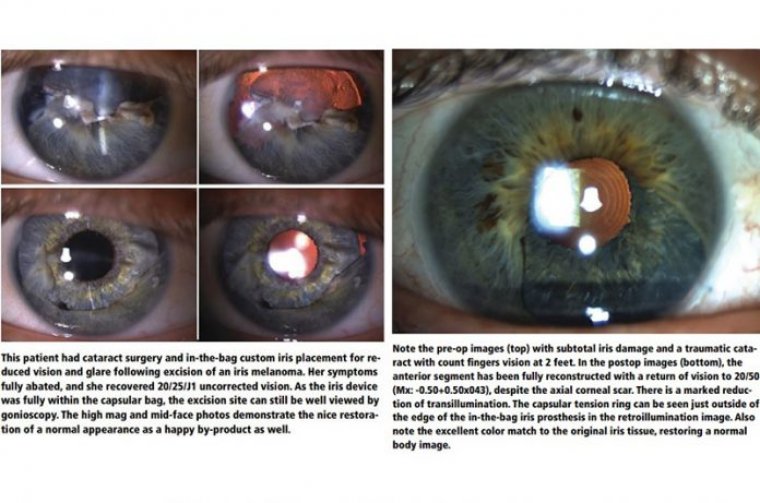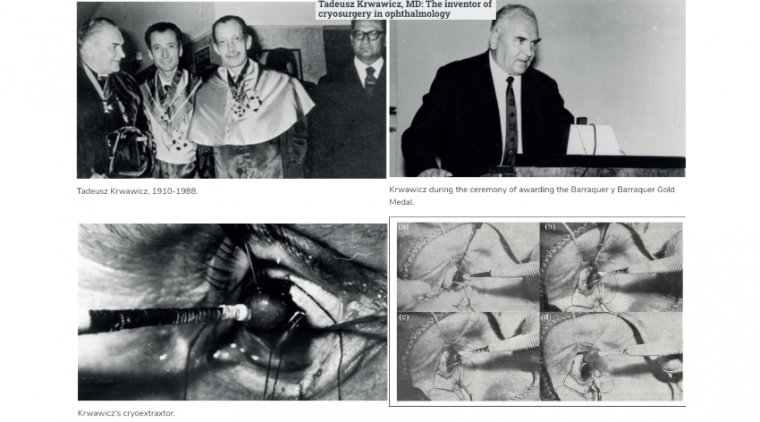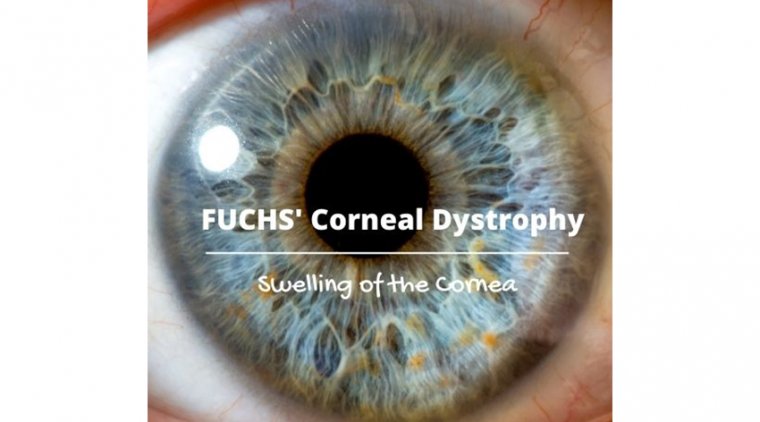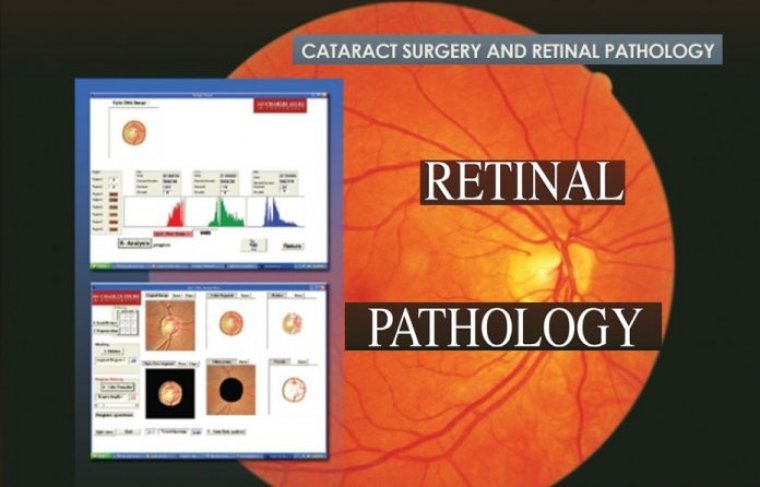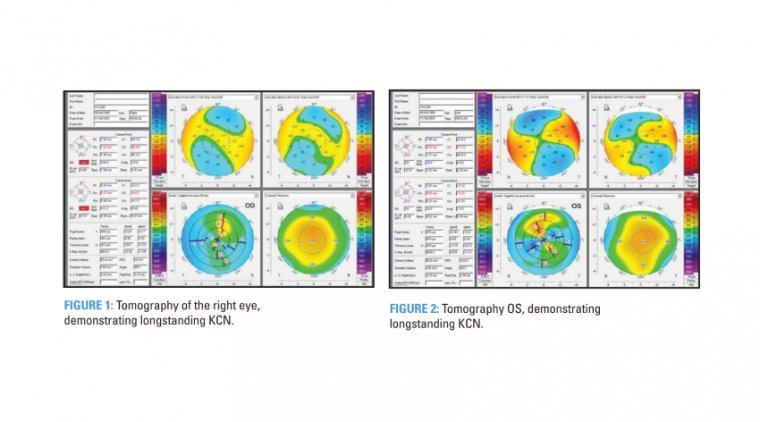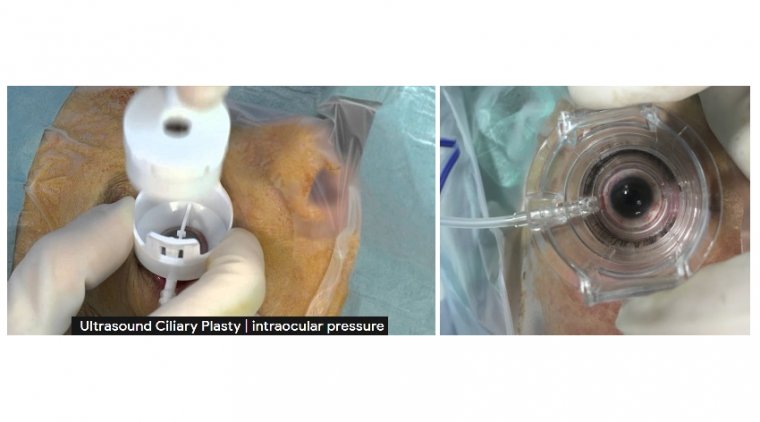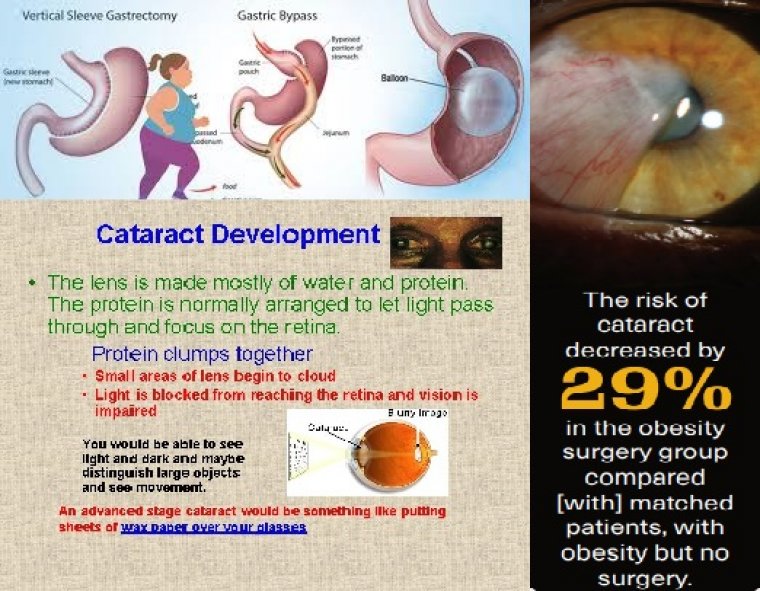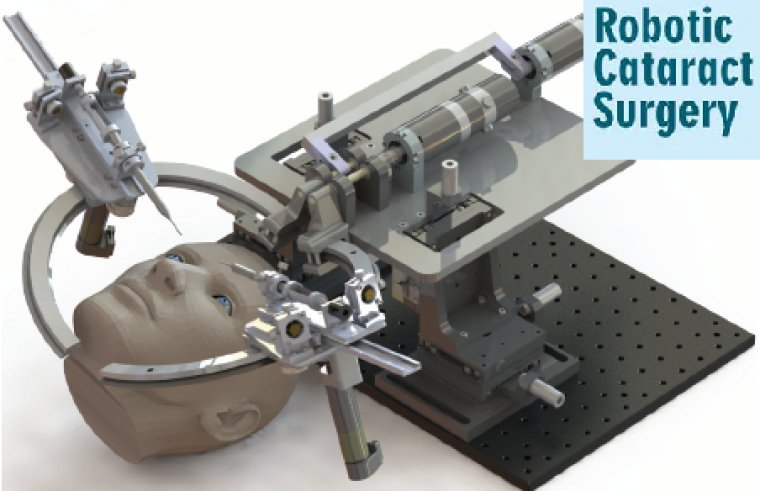
Cataract Surgery in Complex Corneas
A complex cornea not only affects the timing of cataract surgery, it can also have an impact on the accuracy of IOL calculations as well as the lens selection — some patients will not be a candidate for the available premium technology.
It is important to note that pathology can also be the cause of a patient’s visual disturbance and not the cataract. Teasing these factors out is paramount for proper management of complex cornea patients.
Another consideration is the location of the corneal irregularity. In some cases, the cornea can be improved before cataract surgery, but in other situations, this is not possible.
When the irregularity is located closer to the surface of the corneas as in severe ocular surface disease, pretreatment can often allow the patient to enjoy excellent postoperative outcomes with premium technology.
Even EBMD with a centrally located irregularity can be improved by performing a superficial keratectomy, and Salzmann’s nodules too can be removed and the cornea subsequently “regularized.”
Higher-level irregularities of the entire corneal stroma such as keratoconus or deep corneal scars cannot be mitigated before a cataract procedure. In these cases, surgeons must consider the best outcome they can achieve for the patient with the cornea as it exists.
The emergence of refractive cataract surgery has changed the approach to cataract surgery dramatically. Beyond visual rehabilitation, patients and surgeons both desire to minimize spectacle dependence after surgery, with reproducibly successful outcomes and satisfied patients.
There are multiple factors involved in refractive success, such as intraocular lens (IOL) power calculation and astigmatism management. However, two often overlooked issues are the management of higher order aberrations (HOAs) and the individualized approach to refractive lens selection.
For some time, HOAs have been recognized as critical factors in outcome of laser vision correction. Their specific role in cataract surgery, however, has been less appreciated until recently.
Most corneas are slightly prolate, with low levels of naturally occurring positive spherical aberration. Neutralizing this spherical aberration improves contrast sensitivity and best distance acuity but reduces depth of focus.
Conversely, intentionally increasing spherical aberration can provide a wider range of focus. Thus, while in some patients the goal is to neutralize spherical aberration for optimal binocular distance acuity, in others inducing spherical aberration in the near targeted eye can improve visual performance at intermediate distance when targeting blended vision with monofocal IOLs.
In patients with prior laser vision correction, both IOL power calculations and HOA evaluation require additional focus. These patients expect to maintain the same spectacle independence that they enjoyed after refractive surgery.
Therefore, because routine IOL formulas cannot accurately determine optimal lens power, adjustments must be made to improve accuracy and minimize refractive surprises.
Additionally, these patients’ HOA profiles are frequently altered postoperatively and require special attention to avoid exacerbating spherical aberrations and maximize visual quality.
Monofocal IOLs are available in both negative spherical platforms (which can compensate the positive spherical aberration resulting from myopic ablations) and positive spherical platforms (which can compensate the negative spherical aberrations induced in hyperopic ablations).
Complex corneas present a conundrum for IOL selection, having characteristics stemming from ocular histories and corneal shapes that make cataract surgery more challenging.
These complexities can be pre-existing due to genetics and disease, or induced by prior surgery or trauma.
The prevalence of different types of irregular cornea varies globally based on factors that include genetics, ethnicity and environmental and economic factors, and may be significantly higher than is appreciated by cataract surgeons.
Owing to the impact the cornea’s status has on the success and visual outcomes following cataract surgery, it is imperative that surgeons intentionally seek out and identify these patients before proceeding with surgery.
Categories of Complex Corneas
Surgically induced - The most commonly seen patients with complex corneas are those who have had previous laser vision correction (LVC), with the next most common being those who have had radial keratotomy (RK).
Other surgical procedures such as astigmatic keratotomy; cataract surgery; pterygium surgery; corneal transplants; and trabeculectomy all also produce significant corneal complexities in patients.
Disease induced - Disease-induced complexities are seen in patients who have inherited diseases of the cornea such as keratoconus or any shape abnormality; the IOL power calculations and preoperative measurements become very challenging.
Other diseases causing corneal irregularities include corneal ectasias; dystrophies; degenerations; epithelial basement membrane dystrophy; Terrien’s marginal degeneration; Salzmann nodular degeneration; and pellucid marginal degeneration.
Trauma induced - Trauma such as a fully or partially penetrating eye injury can cause an irregular cornea.
Surgery to repair trauma can result in scarring, oedema and other abnormalities that make treating the cornea complex.
Prevalence One review of 200 eyes in 400 patients found that approximately 25% of patients scheduled for cataract surgery who had not had previous corneal surgery had abnormal corneal topography.
Ten per cent of such resulted from irregular astigmatism or suggested dry eye; 9% had borderline pellucid marginal degeneration, forme fruste keratoconus or superior steepening; and the remaining 6% had topographic findings consistent with forme fruste keratoconus, pellucid marginal corneal degeneration or keratoconus.
Along with eight other surgeons, we participated in a recent panel discussion seeking areas of consensus around corneal irregularity. For this specific group, it was determined that 24% of our preoperative cataract patients have irregular corneas.
The breakdown was: 7% naturally occurring, 7% surgically induced, 8% due to disease and 2% due to trauma. In my own practice, about 30% of cataract patients have naturally occurring corneal irregularities and 10–15% have irregularities that are disease induced.
The panel determined that a careful slit-lamp examination and corneal topography or tomography should be performed as part of the workup for all preoperative cataract patients.
We perform corneal topography and tomography on all previous LVC patients as well as those who have visual symptoms without an obvious explanation.
We also calculate higher-order aberrations for patients who have indicated an interest in premium implants.
IOL options for Complex Corneas
Post-LVC - When it comes to lens selection in patients with previous LVC, there are, generally speaking, two schools of thought.
One subgroup of surgeons would not use any of the available advanced technology implants in these individuals but would choose to implant a standard aspheric monofocal lens. The other group is brave enough to consider presbyopia-correcting IOLs.
Before the extended-depth-of-focus (EDOF) lenses came to market, a monofocal lens was the preferred option because the power calculations can be difficult in complex corneas.
With EDOF lenses, however, the technology is a bit more forgiving than with the traditional presbyopia-correcting lenses.
Today, there are surgeons who have had positive results using EDOF technology in patients post-LVC. Our view is that post-LVC patients remain a difficult group to manage.
Putting complex lenses with complex optics in already compromised corneas may compound the problem when instead we should be seeking a simplified solution. That is why we previously favoured monofocal lenses in this particular category of patients.
Around 5 years ago when the small-aperture IC-8 IOL (AcuFocus) became available, we began to use it in post-LVC patients, and since then I have gained much more experience. Now this is our go-to lens for optimal postoperative visual results in this group.
Although difficulties with IOL power calculations remain, the pinhole optics principle on which this IOL is based makes it a more forgiving lens than the other presbyopia-correcting technologies. Yet the result is similar to that achieved with new technology implants.
After implantation of this IOL at the time of cataract surgery, patients can achieve a reasonable amount of spectacle independence.
Post-RK Most surgeons stay away from putting a presbyopia-correcting IOL in patients who have had previous RK — we previously counted as one of them and used monofocals in these situations.
Now we have a group of approximately 20 postRK patients who have received the new IOL and have done very well.
Inherited Corneal Diseases
Once again, almost all surgeons would avoid using any complex presbyopia-correcting IOL in this group because of the difficulty of obtaining accurate measurements.
Be that as it may, using the new small-aperture IOL instead of a monofocal is a good choice because patients can achieve some enhanced reading and intermediate vision, which a monofocal does not provide.
Even if the power calculation is a little bit off target, the lens is quite forgiving, so it does not have an impact on patients’ visual improvement following cataract surgery.
Post-corneal transplant - What lenses to implant in cataract patients post-corneal transplant is hotly debated.
Although we personally have no experience here, many of our colleagues report successful outcomes with the small-aperture IOL in these patients.
Challenges presented by complex corneas In addition to the challenges presented by complex corneas when it comes to power calculations and measurements, there is the problem of visual quality.
In a patient with previous LVC, for example, the cornea is aberrated. Removing the cataract and implanting a presbyopia-correcting IOL introduces additional aberrations inherent in the lens, thereby compounding the already aberrated cornea.
This, in turn, has a great impact on quality of vision for these patients. This is why we strongly believe it is important to refrain from using a complex IOL that can itself produce aberrations in patients who have an aberrated cornea.
The IC-8 IOL is a very clean technology lens with no aberrations. Small-aperture optics act to filter out peripheral light rays that become defocused. This simple principle can enhance the depth of focus in an already aberrated cornea without adding to pre-existing issues.
Because many of the patients have been living with aberrated corneas for decades, their brain has adapted — this IOL enhances their vision. The IOL can be associated with slightly decreased contrast in some situations, such as night-time driving.
This is especially noticeable when the lens is implanted in just one eye, as patients will try to compare vision between their eyes. In the real world, the eff ect is typically negligible and accepted by patients, with some proper education on the matter.
In return for this very small tradeoff , patients have good unaided distance, intermediate and near vision. It is certainly superior to the vision achieved with a monofocal lens and likely superior to that with a different presbyopia-correcting IOL.
Corneal complexities may occur in patients more frequently than is currently appreciated, and they have a signifi cant impact on the visual outcomes that can be achieved following cataract surgery.
The most common presentation of the complex cornea is in those who have had previous LVC, and these specifi c patients often have increased expectations for their vision following cataract surgery.
This significant group of individuals, as well as many others who have aberrated corneas due to a variety of causes—both naturally occurring and induced—can enjoy premium outcomes with technology that relies on a simple principle.
Small-aperture optics are a presbyopia-correcting solution for a large category of patients who otherwise may not be well served by current advanced-technology IOLs.



